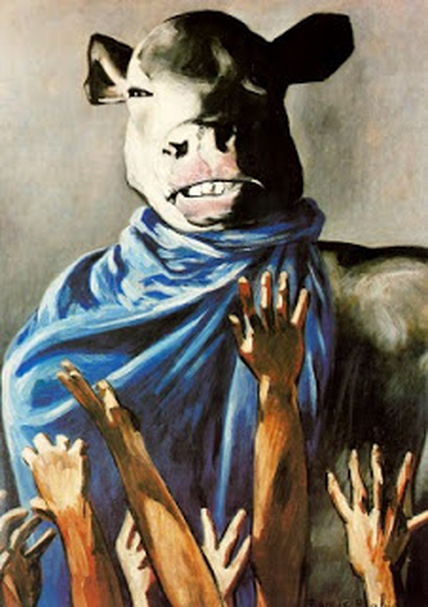Many thinkers and artists proclaimed all art to be ideological, from Lucy R. Lippard to T.J. Clark or Ai Weiwei. But what model of ideology is in power when this remark is observed, which ‘invisible orders’ govern the artistic practice of (re)imagining the world—as well as the art history of political engagement? This course seeks to historicize and introduce students to the complex relationship between theories of ideology and artistic practice. Historically, our discussions span the nineteenth century debates on the didactic purposes of art and its social function (e.g. John Ruskin), and the recent, post-digital articulations of an “algorithmic ideology” (Astrid Mager) or “bubble vision" (Hito Steyerl). These will be considered against the grain of critical models of ideology, ranging from the political right to the political left, from Peter Sloterdijk to Slavoj Zizek.
In order to digest this complex territory, we will depend on films as well as books; YouTube clips as well as essays; and above all on honest discussions in the seminar group. The purpose of this deeper inquiry is to enable critical questions of both general and specific variety: How do different models of ideology correspond to artistic paradigms such as ‘political iconography’ or ‘embedded critique’? What does it mean to think of the central categories of art and art history as ideology--e.g. ‘style’ as ideology; ‘creativity’ as ideology? How does the ‘Californian ideology’ (Barbrook and Cameron) apply to analyses and historizations of digital art? These and further questions that emerge will be applied to analyses of artistic practice including Ilya Kabakov; Cildo Meireles; Banksy; Hito Steyerl; Ai Weiwei or Wangechi Mutu, among others.

- المعلم: Boris Cuckovic